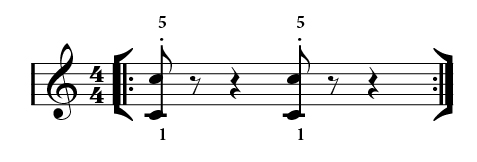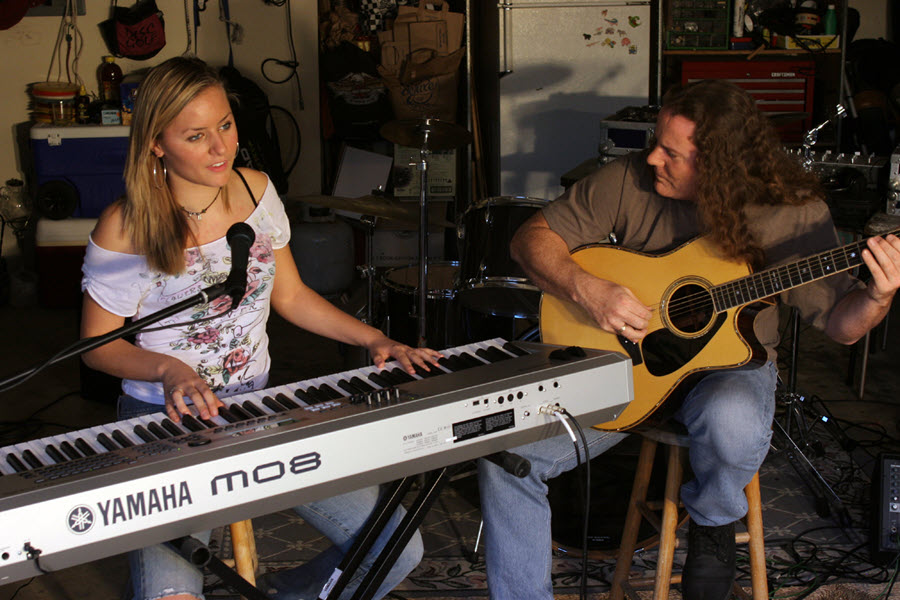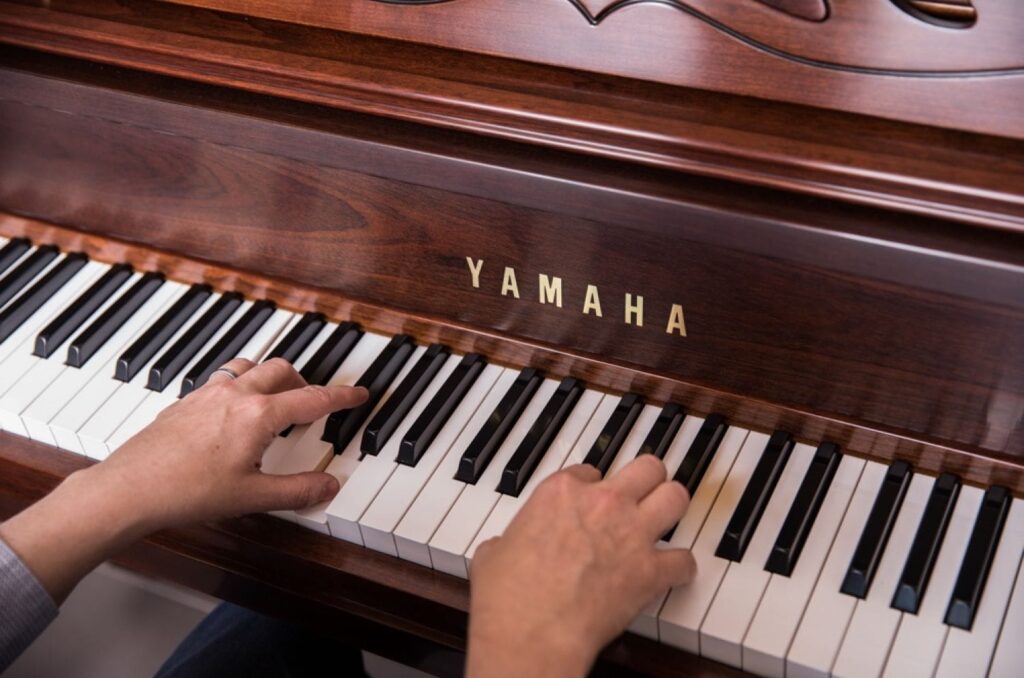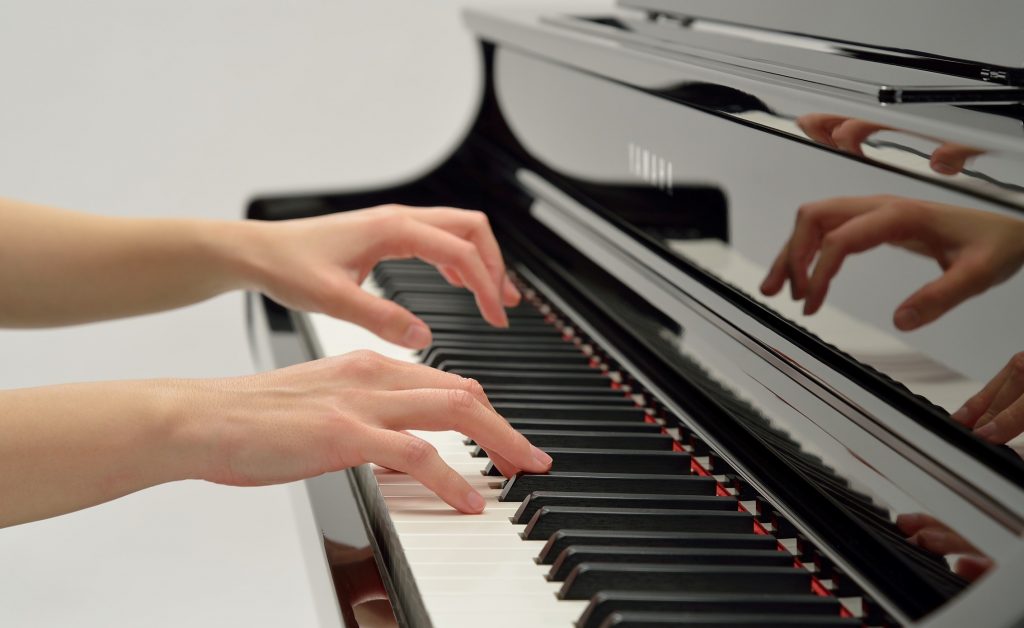Tagged Under:
How to Play Octaves on Piano and Keyboard
Here’s the correct technique to avoid straining your hand or arm.
Looking to get your piano and keyboard melodies and figures to stand out more? Doubling the notes in octaves is a great way of achieving that. In most cases this will make the part sound more powerful, but if played incorrectly, it’s a technique that can tire out your hand and arm. In this article, we’ll show you how to play octaves properly … without fatigue.
Arm, Wrist or Fingers?
Too often, players will tighten up their arm, wrist and even shoulders when playing octaves, moving their arm up and down like a piston. While this can work when playing only a few notes or repetitions, it produces a lot of tension in the body, and is therefore something to be avoided. Let’s try playing some repeated C octaves, with the thumb on Middle C:

As shown in the video below, rather than tightening up the arm, you should pivot your wrist up and down slightly, leaving your arm relatively still. When first practicing this wrist movement you should exaggerate the motion to exercise your wrist and learn what it feels like; in performance you won’t need to move the wrist so much.
As another reference, watch this video of famed virtuoso pianist Vladimir Horowitz playing a very difficult Chopin Polonaise, with an incredibly fast left hand octave figure. His left arm and his wrist are barely moving up and down, and he certainly doesn’t look as if he is straining to play the part.
Try the following example, where each time you move to the next measure, you double the speed of your repetitions. This is best practiced with a metronome.

The next step is to learn how to move to different notes in order to play a melody with octaves. Start with the first five notes of the C Major scale, slowly increasing your tempo as you feel comfortable:

When that feels comfortable, try playing the complete C Major scale, again slowly increasing your tempo:

Mixing White and Black Notes
While it is possible to always use the thumb and the fifth finger (the pinky) when playing octaves, it is common practice to use the fourth finger for black notes, and the fifth finger for white notes. This will help you eventually when playing legato, but it’s good to start doing this for all octave playing.
This next example has you playing an ascending chromatic scale, which is simply every key on the keyboard in successive order. Pay attention to the fingering so you use your fourth finger on the top of each black note octave. Many piano teachers and concert pianists suggest raising your wrist just slightly when playing moving passages of octaves, as shown in the video below.

Now let’s try playing the same chromatic scale, with a more legato touch. Using the fourth finger for the upper black notes helps you to play those octaves in a more connected way. Of course the thumb cannot play perfectly connected for the lower notes, but the upper note will help to fool the ear into thinking the entire passage is well-connected.

Riffs in Octaves
It’s very common to play right-hand octave riffs when playing rock and roll and boogie-woogie style piano. Here are some examples played at slow and faster tempos — don’t forget to use your fourth finger on the black notes!



More Delicate Octaves
Octaves don’t only have to be used to add power. As shown in the example below, doubling a melody in octaves can also be done softly, in ballads and more down-tempo pop tunes. When played gently and in conjunction with the sustain pedal, it can be a very beautiful sound.

All audio played on a Yamaha P-515
Check out our other Well-Rounded Keyboardist postings.
Click here for more information about Yamaha keyboard instruments.














